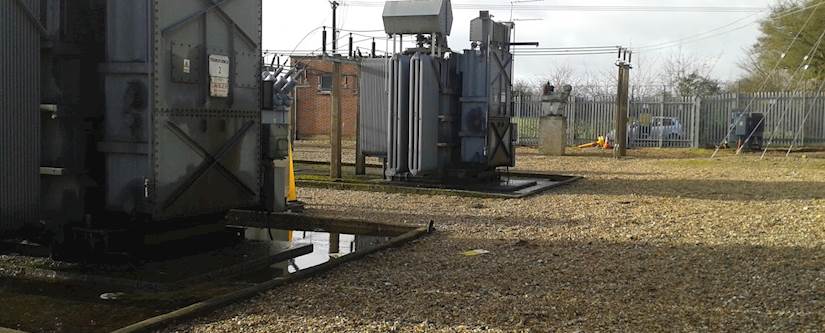
Persistent Organic Pollutants (POPs) - What are they then?
We recently had a client requesting specific testing for Persistent Organic Pollutants (POPs). We had already established that the site in question had always been a farmer’s field with no development history so we explained that the risk based approach had concluded there wasn’t a need for testing anything, never mind POPs – it seemed the reason behind the request was some standard guidance from a money lender, but it was unclear as to why they were asking for it. Everyone was ultimately reassured and the site was acquired for development without any further issues, but this situation does pop up every now and then (sorry, that’s shameful), so we thought we’d provide a fuller explanation here in case its playing on the minds of others too.
So what exactly are these POPs? Well they are an initial list of 12 organic chemical compounds (others will be formally added to the list going forward) that have a few things in common. They are all very toxic and can cause cancer, they are extremely persistent in the environment and can travel long distances via air and water and they have a tendency to bioaccumulate in animals and humans, (they accumulate in fatty tissues and so build in the food-chain). It’s a proper global issue with POPs being found in places like the Arctic, well away from where there’s been any known use. Just recently scientists found high levels of POPs in amphipods (think little prawns) in the Mariana trench rivalling those of known pollution blackspots. See the full article from The Guardian here.
POPs are grouped into three categories: Pesticides, industrial Chemicals and By-products and for the sake of completeness the initial list of 12 is as follows:
- Pesticides: Aldrin, chlordane, DDT, dieldrin, endrin, heptachlor, hexachlorobenzene, mirex, toxaphene
- Industrial Chemicals & By-products: hexachlorobenzene, PCBs, dioxins / furans
A global treaty was brought together at the Stockholm Convention in 2001 where countries agreed to take measures to eliminate or restrict the production and use of these specific chemicals. The UK ratified the treaty and brought it into force back in 2005 along with most other countries … the United States still haven’t got round to it …
So that’s all very good and interesting, but what do POPs mean to you? (other than being another straw on the back of that global meltdown camel) and for the sake of this blog - when should we be testing for them?
Well, we’ll give you the same answer we’d give for every other chemical compound: you need to test for them when the risk assessment review of site history, setting and proposed development indicates that they could be present and in a situation where they could represent a plausible risk to either people or the environment. The point is that it’s a risk based approach, if you tested for ‘everything’ then costs would be simply untenable.
We often end up testing for some of the compounds on the POPs list - PCBs when there’s an old transformer, dioxins if there’s an old incinerator, or the suite of pesticides where we know there’s been significant agrichemical storage, but we do that because there’s a good reason for that specific site, not because they appear on the POPs list!
So if someone asked you to test for POPs, the correct response should generally be ‘Why?’ … unless you’re in the United States, in which case it might not be a bad call.
Hope that helps – if you want to know more or need some help on POPS, then please give us a call so we can help.